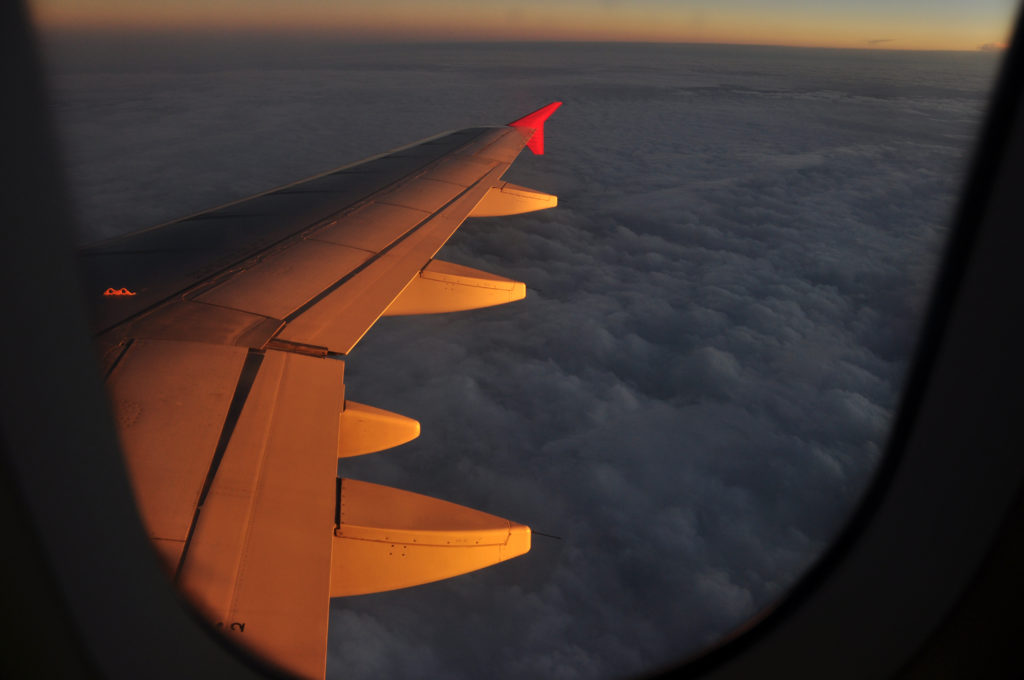News
Out-of-Autoclave (OOA) Cure Takes Off in Aerocomposites Industry

The aerospace composites manufacturing industry is uncovering the benefits of out-of-autoclave (OOA) curing to fabricate high-performance composite components. The pursuit for reduced production costs and increased production rates are driving the adoption of out-of-autoclave composites products, along with tooling designed for these applications.
The aerospace industry is continuously seeking ways to adapt technological advances into its manufacturing process to improve the cost, efficiency, and sustainability of its aircrafts. Major composite aircraft structures have often been manufactured using autoclaves to process prepreg materials. Many industry leaders are also incorporating prepreg into out-of-autoclave processing to create primary aircraft structures to help reach production goals.
What OOA means for aerocomposites
Using out-of-autoclave (OOA) processes in aerospace composites manufacturing offers promise in terms of achieving improved cost and efficiency. Composites World describes a technology that uses “automated fiber placement (AFP) of dry fiber tape followed by liquid resin infusion or resin transfer molding (RTM) for out of autoclave (OOA) cure.” Liquid resin used as part of the OOA process can address the objectives of limiting costs and meeting the necessary increased rates of production in high-speed production lines.
There are numerous examples of technologies that are enabling the transition from autoclave cured prepreg to out-of-autoclave cured composites in the aerospace industry. The single-aisle Irkut MC-21 aircraft feature carbon fiber wing skins and wing box fabricated via liquid resin infusion entirely out-of-autoclave (OOA).
Airbus’ Wing of Tomorrow (WOT) program continually explores evolving technologies to uncover the most cost effective and efficient processes for commercial aircraft production. Its exploration involves processes including automated placement of non-crimp fabrics (NCF) and liquid resin infusion, followed by out-of-autoclave (OOA) cure in an oven.
The Airbus A320 uses a high-rate resin transfer molding (RTM) line for wing spoilers. Spoiler production lines benefit from out-of-autoclave (OOA) processes by eliminating the need for a capital investment in an autoclave. Wing skins are another aircraft component that are being evaluated for out-of-autoclave process applications.

